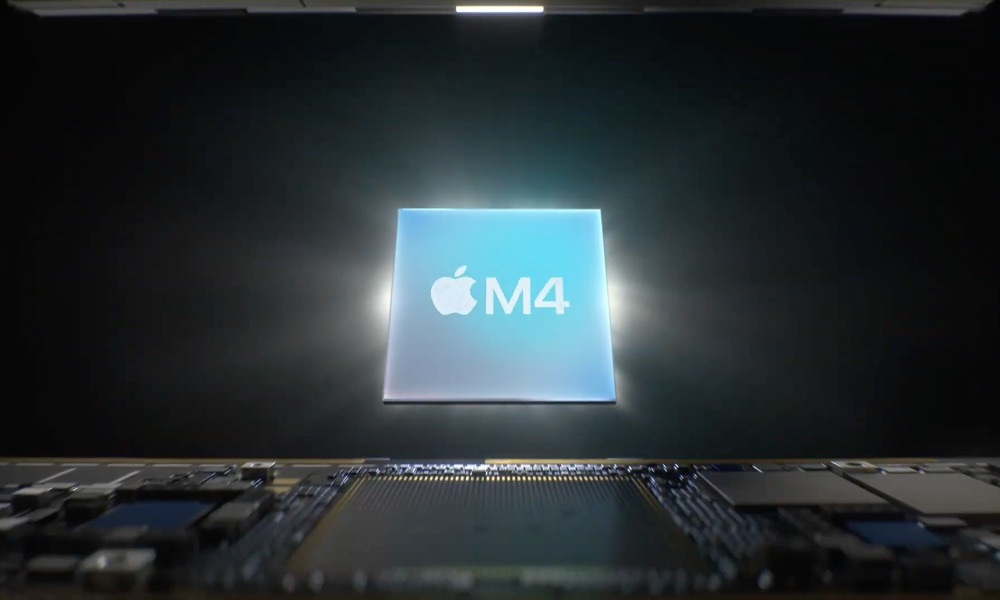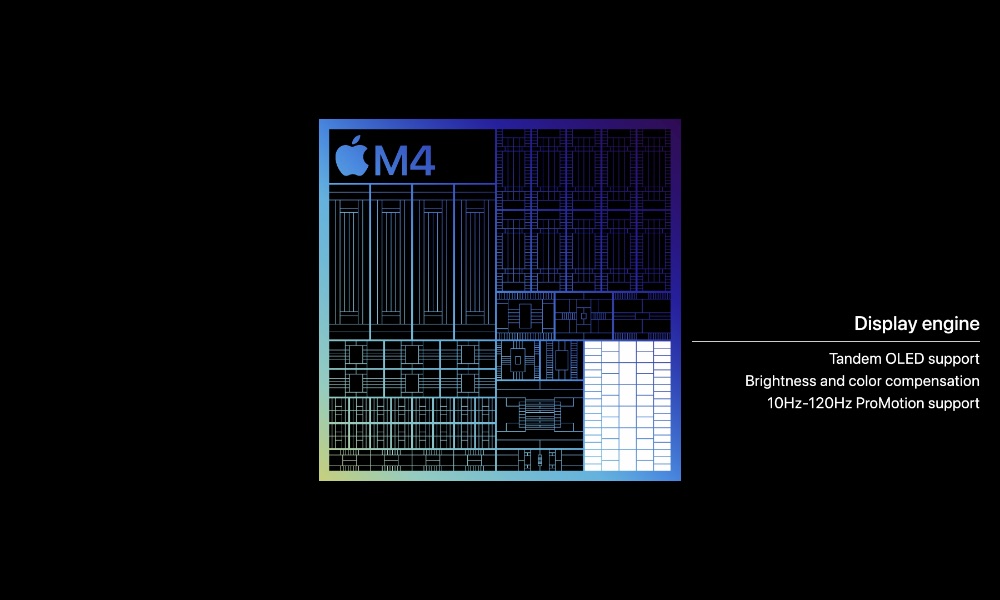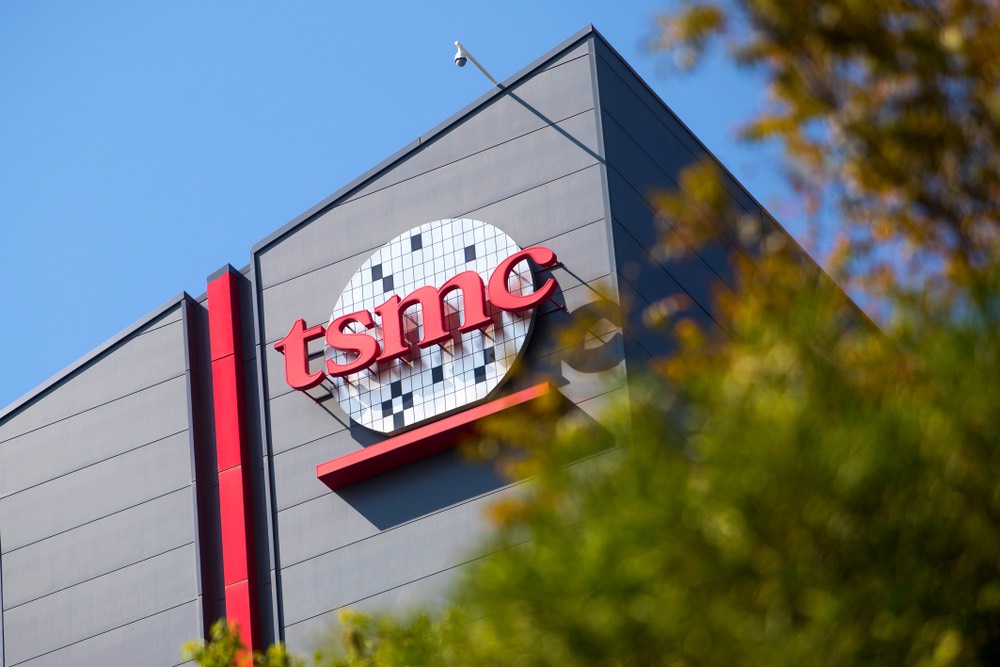Will the iPad Ever Get an M3 Chip?
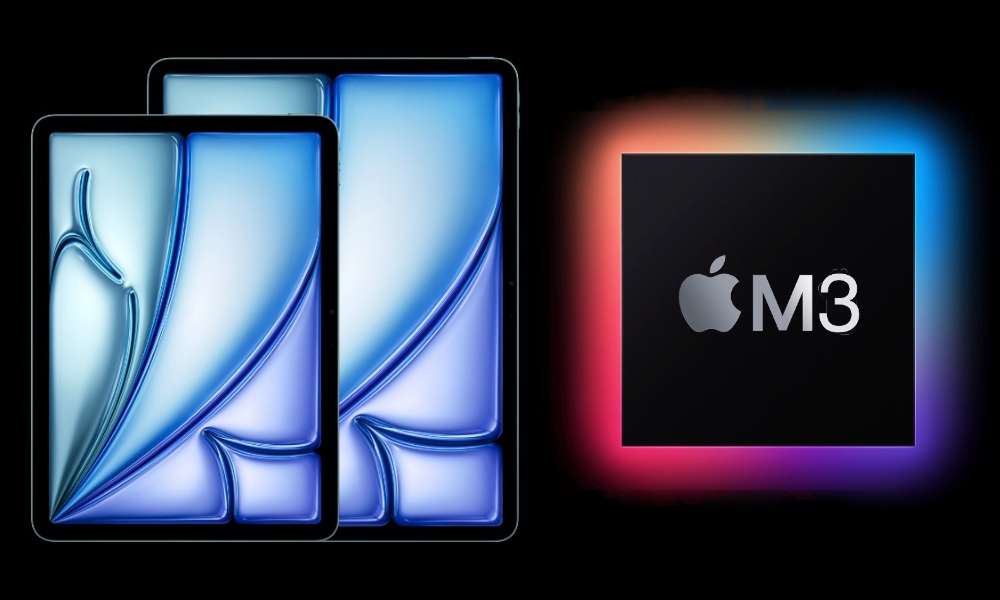
Toggle Dark Mode
The buzz around Apple’s M3 MacBook Air lineup had barely settled when the company made the bold and unprecedented move last week to take its new iPad Pro models straight to the M4 chip, while only moving the iPad Air up to the M2 and conspicuously leaving the M3 out of its iPad lineup entirely.
The M4 move was something none of us would have seen coming had Bloomberg’s Mark Gurman not tipped us off with an eleventh-hour report. Even then, the idea seemed so patently absurd that anyone less reliable than Gurman would have been laughed out of the room for even suggesting it.
After all, it’s been barely six months since Apple unveiled its entire lineup of M3 chips, and only about two months since it added those to its most popular Macs, the 13- and 15-inch MacBook Air models. It was surprising enough when the M1 iPad Pro left the world of souped-up iPhone A-series chips to adopt Mac silicon in 2021. Still, by the time the M2 iPad Pro came along, it seemed Apple was starting a trend of introducing its latest M-series chips on new Macs, then rolling them down to its flagship iPad a few months later.
The tradition and the timeline were right, so naturally, everyone assumed the next logical evolution of the iPad Pro would be to move to an M3 chip. Even Apple knew that; the iPad Air made the anticipated jump to the M2, and hardware chief John Ternus hung a lantern on it when he announced the new iPad Pro, as a segue into revealing that Apple had done the seemingly unthinkable: skipping the M3 chip entirely to debut a brand-new M4 chip on its premium tablet.
Why Apple Took the iPad Pro to the M4
However, there was a method to Apple’s madness that went beyond pure marketing spin. Sure, the M4 chip now positions the iPad Pro as a serious tablet, with hardware that outperforms all but the highest-end Macs (whether the software does so is an entirely different argument), but it seems there were tangible engineering challenges involved here, too.
During its Let Loose event, Apple emphasized that the new iPad Pro wouldn’t have been possible without the M4 chip. In very practical terms, the new Tandem OLED screen required a display engine that didn’t exist, so Apple had to build a new one into a new chip. A less tangible but still critical aspect was the thermal and power efficiency improvements that allowed Apple to make the iPad Pro “impossibly thin.” Granted, the iPad Pro didn’t have to be that thin, but why not go for it if you have to build a new display engine anyway?
However, several reports over the past few months have also hinted at engineering and fabrication challenges on the manufacturing side that suggest the M3 may soon be put out to pasture.
Like most chips, Apple silicon is manufactured using various processes that determine how many transistors can be packed into a small space. This is expressed in nanometers (nm); the smaller the number, the denser the chip. To put this in perspective, Apple’s first A4 chip used in the original 2010 iPad and the iPhone 4 used a 45 nm process with 149 million transistors, while the A14 Bionic that arrived ten years later in the iPhone 12 was the first commercially available chip to be manufactured using a 5 nm process, packing 11.8 billion transistors into an even smaller space.
The A15 and A16 chips continued to use the same 5 nm process, but last year, Apple upped its game in a big way with the A17 Pro, moving it to a 3 nm node, packing in 19 billion transistors. Apple’s chips are all made by Taiwan Semiconductor (TSMC), and while the A17 Pro was the first chip to use its 3 nm node, the M3 series followed not long after.
The Short-Lived M3 Era
However, there was a catch in this entire process. To meet Apple’s timeline, TSMC spun up an early 3 nm node known as N3B, exclusively for the A17 Pro and M3 chips. It got the job done but was never intended to be a long-term solution.
Instead, TSMC’s final 3nm node was known as N3E, which was to be used by its other clients looking for 3 nm chips. According to most reports, Apple has been planning a switch from the beginning; N3B was merely a stopgap to get new 3 nm silicon out in time for the iPhone 15 Pro and its 2023–24 Mac lineup.
Early reports suggested that Apple might even transition the A17 Pro chips to N3E mid-cycle, but such a switch isn’t realistic with how fabrication lines are set up. Instead, it seems to be treating the A17 Pro and M3 as short-term solutions.
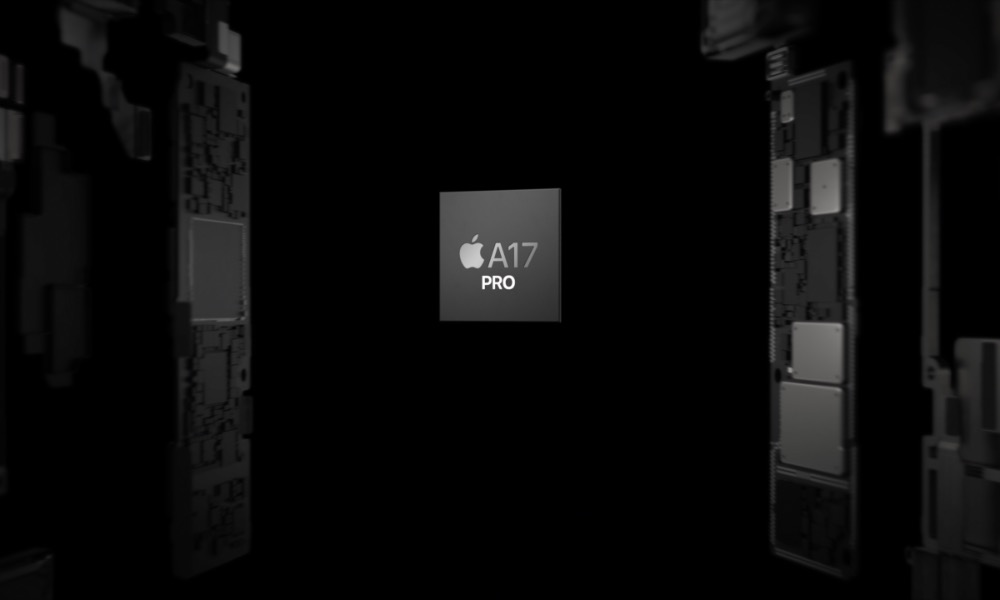
We’ve already heard several reports that Apple won’t use last year’s chip in this year’s iPhone 16 models, which are expected to get entirely new A18 and A18 Pro chips built using the newer N3E process. Likewise, the M4 iPad Pro makes it apparent that Apple doesn’t plan to build any more devices with its M3 chip than it has to; even the Mac mini, Mac Studio, and Mac Pro are likely to skip the M3 chip entirely and move to M4 variants early next year, sometime after new MacBooks debut in the fall. Apple is also said to be using the M2 Ultra — not a new M3 variant — to build its AI servers, and those will reportedly jump to an M4 Ultra-class chip once it’s ready.
According to Gurman’s roadmap, the M4 will mark the first time Apple’s entire Mac lineup shares a single family of Apple silicon. The Mac Pro didn’t move away from Intel until the M2 Ultra was ready, and the iMac skipped the M2 entirely to move straight to a baseline M3 last fall.
So, where does that leave the iPad Air? Based on all this, rumors that the next model will get the M3 seem dubious unless Apple ends up with more M3 chips than it knows what to do with. We can’t rule that out entirely; if reports that Apple is building a mysterious mini-LED iPad to use up excess display panels are accurate, the same might apply to M3 chips. Still, it seems like a stretch.
Plus, Apple seems to have settled into an update cycle for its iPads that would make the M3 chip old news by the time the next generation comes along. The last iPad Air entered the M-series world two years ago with the M1, a few months before Apple unveiled its first M2-powered Macs. Before that, we saw an A14-powered iPad Air in late 2020, just before the M1 chip was introduced.
This timeline suggests that the next iPad Air is likely at least 18 months to two years away. By then, Apple will almost certainly be debuting its M5 and likely working on the M6. The iPad Pro will undoubtedly jump to at least the M5 around the same time, clearing the field for the iPad Air to catch up and adopt the M4.
[The information provided in this article has NOT been confirmed by Apple and may be speculation. Provided details may not be factual. Take all rumors, tech or otherwise, with a grain of salt.]


